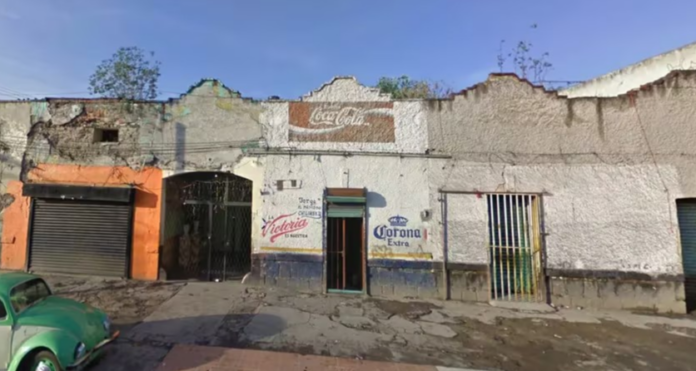:quality(85)/cloudfront-us-east-1.images.arcpublishing.com/infobae/XNVYLBZMAVGFRNYFHUFDUPTELI.jpg)
Within Mexico City, there are still the well-known vecindades, characterized by being buildings that house several families in individual rooms, arranged around a common central courtyard, a place where the inhabitants commonly live and carry out their activities.
Currently, several of them are inhabited by working-class families, but before that happened, they were mainly related to the Spanish aristocracy of the colonial era. According to the National Institute of Anthropology and History, they were built at the end of the 18th century, but became popular a century later.
A brief history of the vecindades in Mexico City
The vecindades in Mexico City are an essential component of the history and culture of the city. Originally, they emerged in response to rapid urban growth and the demand for affordable housing for workers, especially in industrial areas.
During the Porfiriato, urbanization and industrial development in Mexico City significantly increased their construction, as they became common in central areas such as Tepito, La Merced and Colonia Guerrero.
Once the Mexican Revolution ended, the government implemented policies aimed at improving housing conditions. However, the tenements remained a predominant option for the urban lower class; which caused the creation of more tenements in areas such as La Lagunilla, Doctores and Morelos to continue in the 20th century.
Fray Bartolomé de las Casas 13, the oldest tenement in Mexico City
Within the Tepito neighborhood, known for both its informal economy and its cultural wealth, there are a large number of homes that reflect the country’s culture and history, such is the case of Fray Bartolomé de las Casas 13, a tenement that emerged during the industrial boom and urbanization of the city, offering affordable housing to workers.
Located right in front of Deportivo Tepito, over the years, it has undergone changes and renovations; however, inside there are still pink quarry laundries that preserve their original construction with the aim of preserving the history of the neighborhood.
In addition to representing a tangible heritage of the city’s social and urban history, it is worth highlighting that it was the ideal location for filming the movie Chin chin el teporocho in 1976. Directed by Gabriel Retes, the film reflects the living conditions of the urban lower classes in the 1970s.
Today, the place is known as ‘The Cylinder Capital’, since it is the only workshop in the capital where instruments are rented or repaired daily for the organ grinders who delight the inhabitants and visitors of the surrounding area with music.
All the neighborhoods found within the Tepito neighborhood, including Fray Bartolomé de las Casas 13, are essential elements to understand the social and cultural dynamics of Mexico City, reflecting both its challenges and its capacity for adaptation and resistance.
Qualities of the neighborhoods of CDMX
Central Patio: The center of the building is a common patio where neighbors interact and carry out daily tasks.
Single Rooms: Each family occupies one room or a small set of rooms.
Shared Bathrooms and Kitchens: It is common for sanitary facilities and kitchens to be shared by multiple families.
Community Interaction: The architectural layout facilitates close community life, with high levels of social interaction between residents.
Tenements are often noted for their architectural features such as facades and balconies, where residents can be observed interacting with each other, which promotes coexistence and solidarity among neighbors.
Source: infobae






